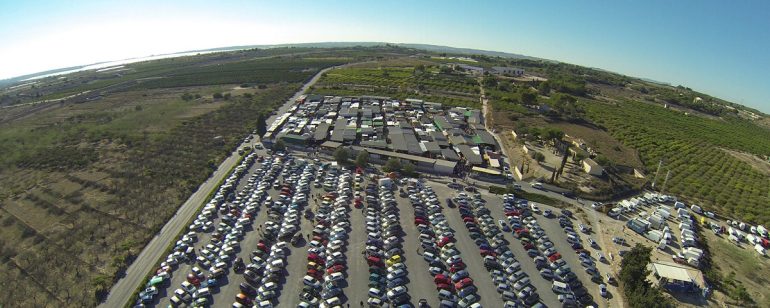The International Monetary Fund has kept its growth forecast for Spain at two point five percent for this year, which is the highest growth rate among advanced economies and above the eurozone average. The eurozone’s forecast has been adjusted slightly upwards to one percent, primarily due to the strong economic performance of Ireland in the first quarter of two thousand twenty-five. The report, released on Tuesday, also maintains the Spanish growth forecast for two thousand twenty-six at one point eight percent, unchanged from previous estimates.
Global growth is expected to improve as well, projected to reach three percent this year and three point one percent for two thousand twenty-six, primarily due to lower tariffs announced in April, particularly between the United States and China. The IMF noted that fears of a trade war earlier in the year, along with expansive fiscal measures in prominent countries, contributed to this optimistic outlook. However, the growth rate remains below the historical average of three point seven percent seen before the pandemic.
In addition, the eurozone is benefiting from a boost in Irish exports, particularly in pharmaceuticals, which has propelled its growth forecast up by two tenths of a percentage point compared to spring expectations. Spain continues to be the fastest-growing major economy in the eurozone, followed by France at zero point six percent this year, Germany at zero point one percent, and Italy at zero point five percent. This report reflects no changes since April, with the only exceptions being the growth rates for Italy and Germany for two thousand twenty-five.
Lastly, the IMF has highlighted the ongoing uncertainties around global economic policy, particularly concerning the United States. While the threat of a trade war appears to have diminished, the report warns that a precarious balance in trade policy could disrupt growth if negotiations falter. Moreover, persistent geopolitical tensions could lead to further supply chain disruptions, potentially increasing raw material prices and prompting central banks to adjust their monetary policies and interest rates accordingly.
This article was written with AI assistance and reviewed by a human editor before publication.


















